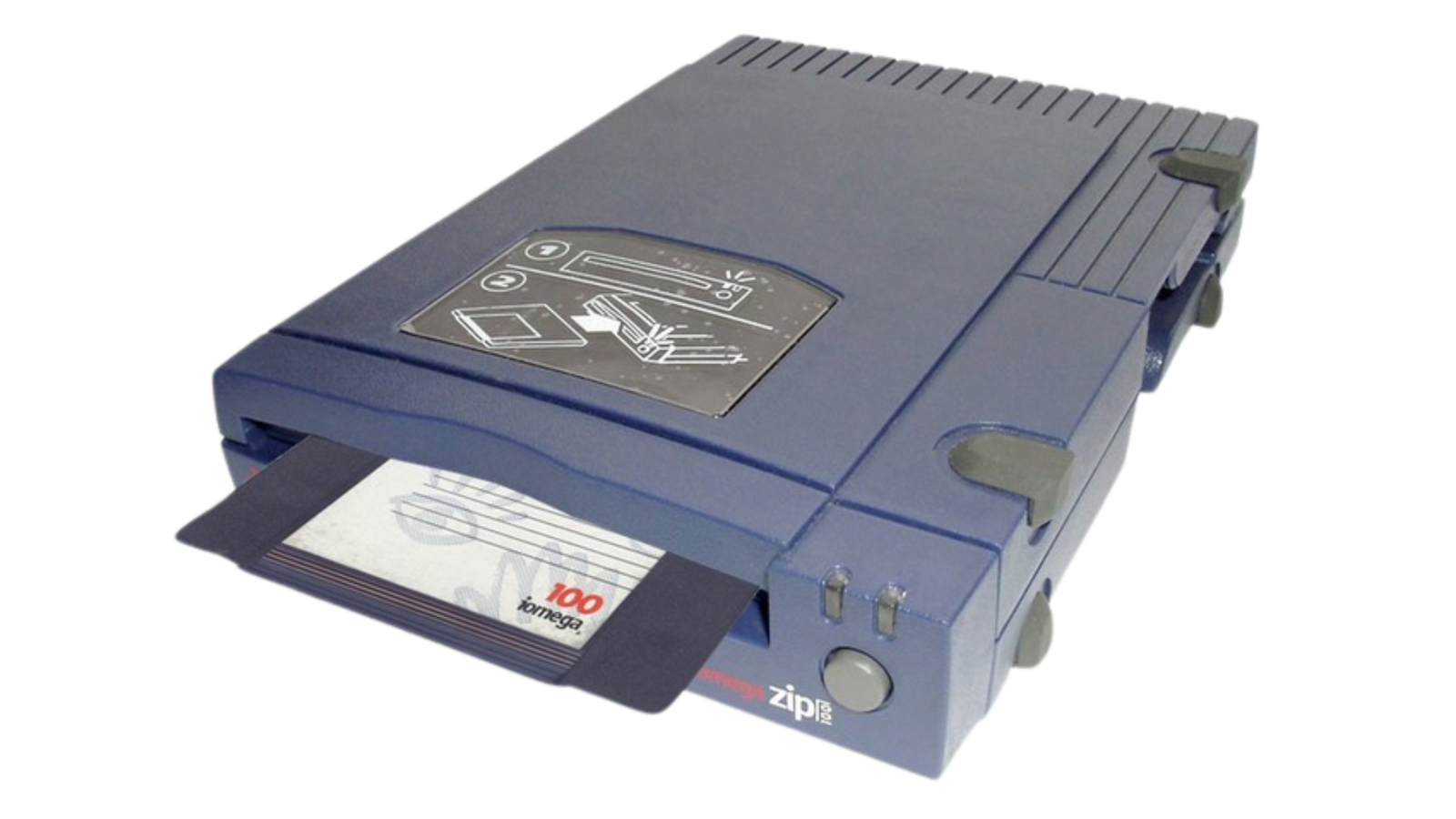Zip Disk: The Once-Mighty Storage Solution
In the late 1990s, the Iomega Zip disk felt like a leap into the future. It offered hundreds of megabytes of space—unheard of at a time when floppy disks maxed out at 1.44MB. You could store entire projects, family photos, even early digital home videos. But today, most people can’t even find a Zip disk drive, let alone a working one.
And those disks? They’re quietly aging in drawers, basements, and boxes, taking precious files with them.
If you’ve uncovered one—or many—of these colorful cartridges, you’re probably asking the same thing as thousands of others: Is there any way to get these files back?
Why Zip Disks Don’t Work Anymore
There are a few common reasons old Zip disks become unreadable:
-
Aging magnetic media: The data layer on the disk can lose its integrity over time.
-
Driver incompatibility: Most modern computers can’t run the software needed for external Zip disk drives.
-
Hardware failures: Even if you’ve held onto your old drive, internal components may have seized up or failed from years of disuse.
Some people try to buy a USB Zip drive online, but even those can be hit-or-miss—especially if the disk was written in a different operating system or using file systems no longer supported.

Can You Still Recover Files from a Zip Disk?
Yes, in many cases you can. But it's not always simple. While recovery success depends on how well the disk was stored, professional services can often bypass hardware issues and safely extract files from aging media.
If your disk isn’t scratched and hasn’t been stored in extreme heat or moisture, there’s a good chance your data is still there—just out of reach for everyday devices.
You can read our guide on recovering data from unreadable Zip disks and other floppies for more solutions.
The Best Way to Recover Zip Disks Today
If you're serious about saving what's on your disk, the best solution is to use a professional recovery service. Rather than hunting for an old drive or outdated software, services like Heirloom offer an easier and more reliable path. Our team uses high-fidelity equipment and secure processes to transfer data from Zip disks to portable digital files, returning your data through a private cloud or USB drive—your choice.
And if your disk turns out to be blank or unwritten, you’ll receive store credit instead of being charged for that item.
Heirloom is known for offering America’s best data transfer service, and unlike most services, we don’t just hand you a DVD and walk away. We believe your files belong in a place where they’re secure, easy to share, and protected for generations to come.

What If I Have Multiple Zip Disks?
If you’ve found a whole collection, don’t worry—it’s more common than you’d think. Label them if you can. Even vague notes like “old resumes” or “1999 taxes” can help with prioritization. Ship them all at once for a simpler, more efficient process.
And don't worry if you don’t know what’s on them—many people don’t. Part of the joy is in the rediscovery.

📧 Want more tips like this?
Subscribe to Heirloom emails to learn how to preserve your priceless memories. Get discount codes for expedited shipping, quality digitizing, and secure cloud storage. We never spam, and it’s easy to unsubscribe at any time.

